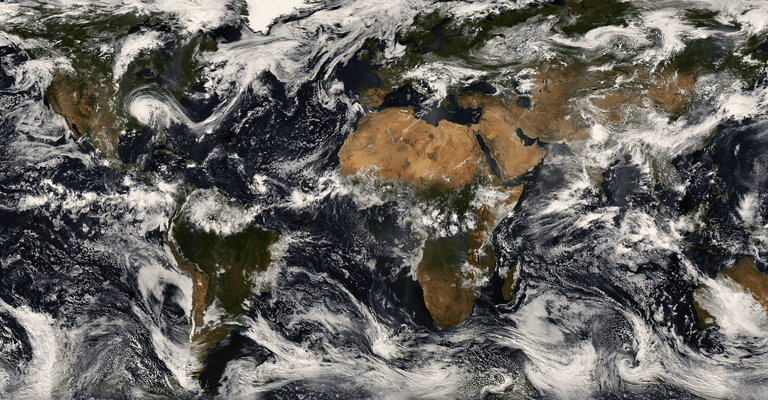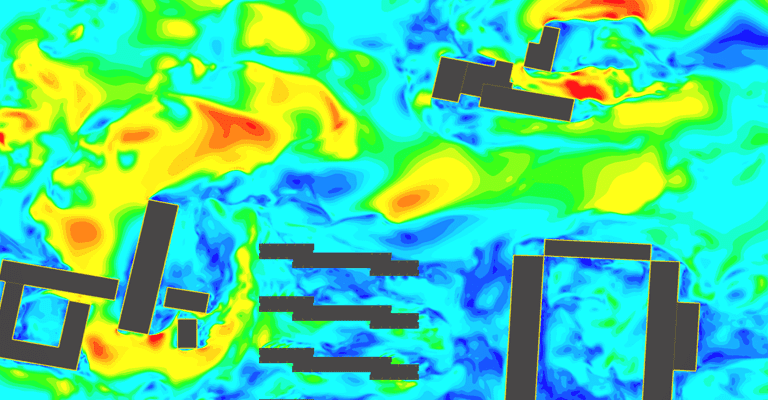Wind is a constant—and very significant—type of force. More specifically, it’s the flow of gasses on a large scale that creates airflow on Earth’s surface. Yet, compared to its neighbors, Earth experiences quite a delicate amount of wind, which on average, daily, is generally between 6 and 12mph. The strongest known winds in our solar system actually occur on Saturn, where wind experiments found can reach speeds of over 1.1K mph.

However, here on Earth no matter whether you live in ‘The Windy City’ or on a desolate island that lacks such a famous misnomer, everyone experiences wind force. Over the past 30 years, wind speeds have actually increased by 3.3mph, incurring an 8% global jump. This increase is troubling in two ways; one because this leads to other increases such as wave height confirming that climate change on a broad scale is happening and requires action from our population, and the second part being that we can begin to notice this increase more and more in everyday life simply walking through streets or by some buildings.
CWE Engineering Problem: Worrying Winds
Paired with mass globalization and urbanization, there are now some problems that other generations needn’t concern themselves. These issues—that now seem commonplace in today’s world—include overpopulation, inefficient and non-environmentally friendly utilization of resources, and (as aforementioned) the consequences of climate change. Seeded deeper within these larger issues is the effect of wind in urban environments, as the placement and position of our everchanging skylines can interfere with day-to-day life, and even become dangerous for the structural integrity of buildings and pedestrians alike.
In order to ensure safety, areas and buildings should be evaluated through computational wind engineering (CWE) and wind experiments to detect areas of harsh airflow.
CWE Engineering Solution: Wind Experiments
On the upside, globalization and technological advancements have allowed for great strides to be made in the evaluation of wind effect, and therefore the optimization of structural designs at large. From real-world wind tunnel experiments to virtual computational fluid dynamics (CFD) evaluation, any amendment to an existing area or newly planned urbanization can be investigated quite intricately in the design phase. Using online CFD from SimScale, engineers can even test designs in parallel to evaluate two different factors—wind loads on buildings and vortex shedding effect on the immediate vicinity, for example—at the same time. The case study below is a prime example of how virtual testing can be used for a wind experiment.
Our Simulation Project: Wind Loading and Pedestrian Wind Comfort in a Residential Complex
This wind experiment project from SimScale investigates the wind effect of a residential complex that is designed to be developed in an urban area. Through CWE engineering, wind loading on the structures as well as and using SimScale’s Lattice Boltzmann solver for a transient incompressible analysis.
CWE Engineering Results
Wind experiment results showing high-velocity contours in redThrough CWE engineering, the wind experiments calculated the transient wind loads on the structures featured in the CAD complex, along with the wind flow patterns at pedestrian height. As shown in the post-processed image above, velocity contours at pedestrian height were easily detected, and indicate show regions of high wind gusts.
CWE Engineering Other Wind Experiment Resources from SimScale
To learn more about how to use online simulation for wind experiments and CWE engineering to verify designs, check out the resources listed below:
- Our BRAND NEW pedestrian wind comfort page
- Wind Engineering hub page from SimScale
- Wind Analysis Guide
- Wind experiment case study: Pedestrian Wind Comfort around Seaport, Boston
- Assessing pedestrian wind comfort in 2019
- Computational Wind Engineering with CFD in the Cloud
- Assessing Wind Comfort In Urban Areas with CFD
- How to Predict the Wind Load on Buildings in the Web Browser
Download our ‘Wind Engineering’ white paper to learn about building design, wind loading implications, pedestrian wind comfort, natural and ventilation, pollution mitigation, and more!




